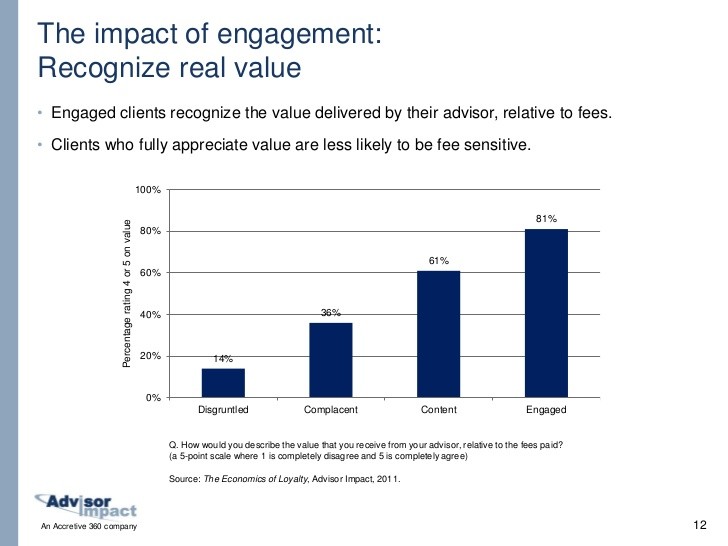How Does the Value of the Impact Canada
Post on: 15 Июль, 2015 No Comment

U.S. Dollar and Sales in Canada
Q: I am continually reading about the Canadian dollar value versus the American dollar value, however I do not fully understand how it affects each country. The increasing value of the Canadian dollar has caused less exports which would decrease the nations income. How does it affect the businesses in Canada? How does it affect Canadians and their spending?
A: Terrific question! We can investigate this question by considering a hypothetical situation and considering the impact on Canadian importers and Canadian exporters.
Imagine a world where the Canadian Dollar is worth 50 cents American (or conversely the American Dollar is worth 2 Canadian Dollars). Then all of a sudden one day, there’s a flurry of trading on Foreign Exchange (Forex) markets, and when the market stabilizes, a Canadian Dollar is selling at par with a U.S. Dollar. So 1 U.S. Dollar = 1 Canadian Dollar.
First consider what happens to Canadian companies exporting to the United States.
Canadian Exporters
Suppose a Canadian manufacturer sells hockey sticks to retailers for the price of $10 Canadian each. Before the currency change, it would cost American retailers $5 each per stick, since one American dollar is worth two American ones.
However, after the American dollar falls in value, it now costs American companies 10 U.S. dollars to purchase a stick — so the price has doubled to U.S. companies. When the price of any good goes up, we should expect the quantity demanded to fall, thus the Canadian manufacturer will likely not make as many sales. However, note that Canadian companies are still receiving the $10 Canadian per sale that they did before — they’re now making less sales.
What if, however, the Canadian manufacturer originally priced his sticks at $5 American? It is pretty common for Canadian companies to price their goods in U.S. Dollars if they export a great deal of goods to the United States. In that case, before the currency change the Canadian company was getting $5 U.S. from the American company, taking it to the bank, and getting $10 Canadian in return, which it can use to pay its bills, etc.
Once the American-Canadian exchange rate changes, one American dollar is worth only one Canadian dollar. So a sale of $5 U.S. is only converted to $5 Canadian — the company now only receives half as much in income as they did before.
We see that, all else being equal, a rise in the value of the Canadian Dollar (or alternative a fall in the value of the U.S. Dollar), causes reduced sales for the Canadian manufacturer (bad), or reduced revenue per sale (also bad).
The story is quite the opposite for Canadians who import goods from the United States.
Importing into Canada
We will only consider the case of goods priced in U.S. Dollars, since it is rare that an American manufacturer would price goods in Canadian Dollars (though I’m sure it must happen somewhere).
Take a Canadian retailer who is importing baseball bats from a U.S. company, for $20 American Dollars. It is costing that company $40 Canadian to purchase those bats, at a $2 Canadian = $1 American exchange rate.
However, when the exchange rate goes to par, $20 American is the same as $20 Canadian. Now Canadian retailers can purchase U.S. goods for half the price they were previously. This is great news for Canadian retailers, as well as Canadian consumers, as some of the savings are likely to be passed onto the consumer. It’s also good news for American manufacturers, as now Canadian retailers are likely to buy more of their goods, so they will make more sales, while still getting the same $20 American per sale as they were receiving before.
Conclusion
If you have a question about exchange rates, international trade, or economics, please contact me by using the feedback form .














